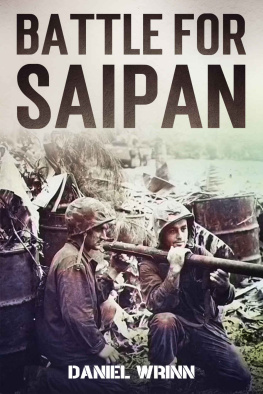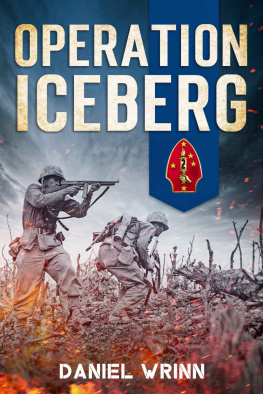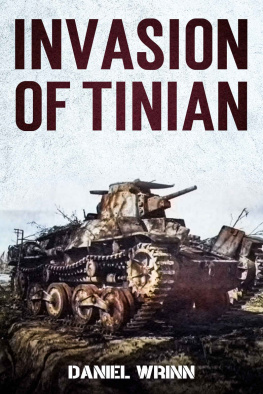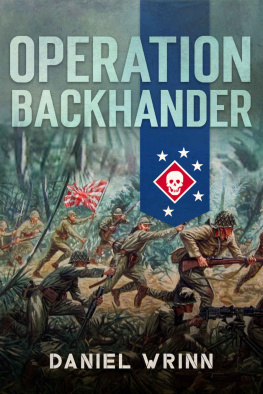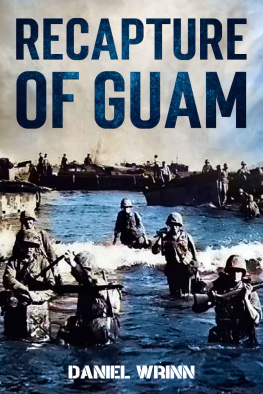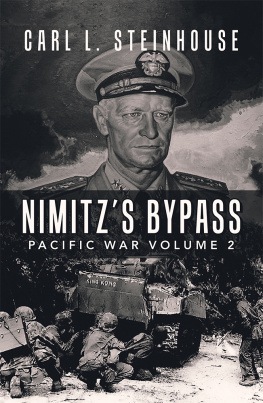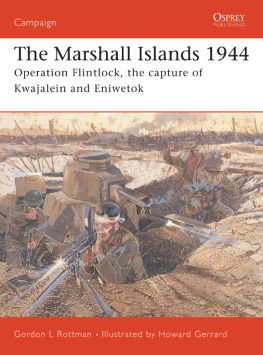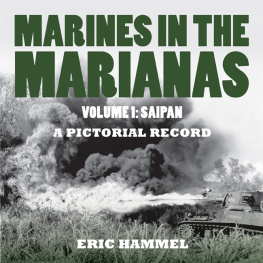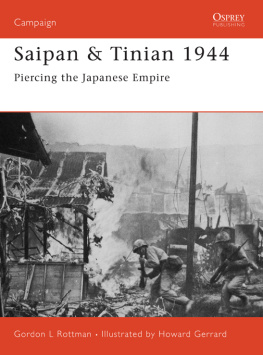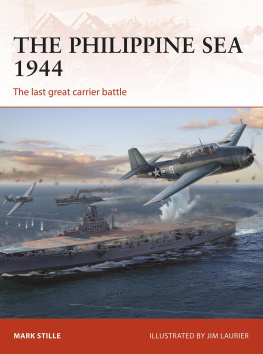Wrinn - Battle for Saipan: 1944 Pacific D-Day in the Mariana Islands
Here you can read online Wrinn - Battle for Saipan: 1944 Pacific D-Day in the Mariana Islands full text of the book (entire story) in english for free. Download pdf and epub, get meaning, cover and reviews about this ebook. year: 2021, publisher: Storyteller Books, LLC, genre: Non-fiction. Description of the work, (preface) as well as reviews are available. Best literature library LitArk.com created for fans of good reading and offers a wide selection of genres:
Romance novel
Science fiction
Adventure
Detective
Science
History
Home and family
Prose
Art
Politics
Computer
Non-fiction
Religion
Business
Children
Humor
Choose a favorite category and find really read worthwhile books. Enjoy immersion in the world of imagination, feel the emotions of the characters or learn something new for yourself, make an fascinating discovery.
- Book:Battle for Saipan: 1944 Pacific D-Day in the Mariana Islands
- Author:
- Publisher:Storyteller Books, LLC
- Genre:
- Year:2021
- Rating:4 / 5
- Favourites:Add to favourites
- Your mark:
- 80
- 1
- 2
- 3
- 4
- 5
Battle for Saipan: 1944 Pacific D-Day in the Mariana Islands: summary, description and annotation
We offer to read an annotation, description, summary or preface (depends on what the author of the book "Battle for Saipan: 1944 Pacific D-Day in the Mariana Islands" wrote himself). If you haven't found the necessary information about the book — write in the comments, we will try to find it.
Wrinn: author's other books
Who wrote Battle for Saipan: 1944 Pacific D-Day in the Mariana Islands? Find out the surname, the name of the author of the book and a list of all author's works by series.
Battle for Saipan: 1944 Pacific D-Day in the Mariana Islands — read online for free the complete book (whole text) full work
Below is the text of the book, divided by pages. System saving the place of the last page read, allows you to conveniently read the book "Battle for Saipan: 1944 Pacific D-Day in the Mariana Islands" online for free, without having to search again every time where you left off. Put a bookmark, and you can go to the page where you finished reading at any time.
Font size:
Interval:
Bookmark:
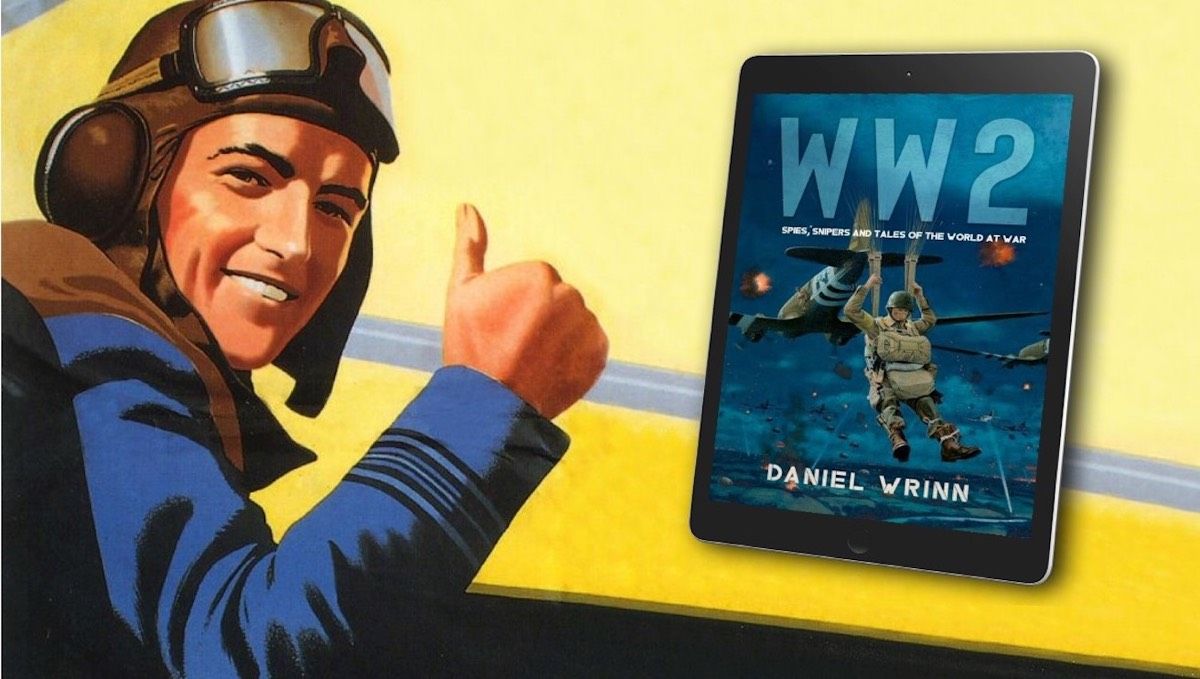
Never miss a new release by signing up for my free readers group. Youll also get WW2: Spies, Snipers and Tales of the World at War delivered to your inbox. (You can unsubscribe at any time.) Tap here to sign up
Dawn on June 15, 1944 would be a brutal day. Navy fire support ships off Saipan Island increased the previous days firing. At 0542, Admiral Richmond Kelly Turner ordered, Land the landing force. At 0700, the LSTs (Landing Ship, Tank) moved to a thousand yards behind the line of departure.
Troops waiting in the LSTs debarked into LVTs (Landing Vehicle, Tracked). Navy and Marine personnel took their positions with radio gear. They displayed flags to indicate which beach approaches they controlled.
Admiral Turner delayed H-hour for 10 minutes until 0840 to give the boat waves extra time to get into position. After the first wave headed full speed at the beaches, the Japanese were ready. They waited, poised to make the Marine assault units pay a heavy price in blood.
The first assault wave contained LVT [A]s (armored amphibian tractors) with their swiftly firing 75mm guns. Escorted by light gunboats firing 4.5-inch rockets and 40mm guns. The LVTs could negotiate their way through the reef. But the gunboats could not and had to turn around until they could uncover a passage through the reef.
Farther north at 0600, a diversionary landing was organized off Tanapag harbor by the 2nd, 24th, and 29th Marines. The Japanese were not deceived and didnt rush any reinforcements to the area. But the ruse tied up one complete enemy regiment.
When the LVTs reached the reef, the battle exploded. Water fountained from mortar and artillery shells exploding in every direction. Rifles, machine guns, and small arms fire joined the crescendo as the LVTs ground ashore.
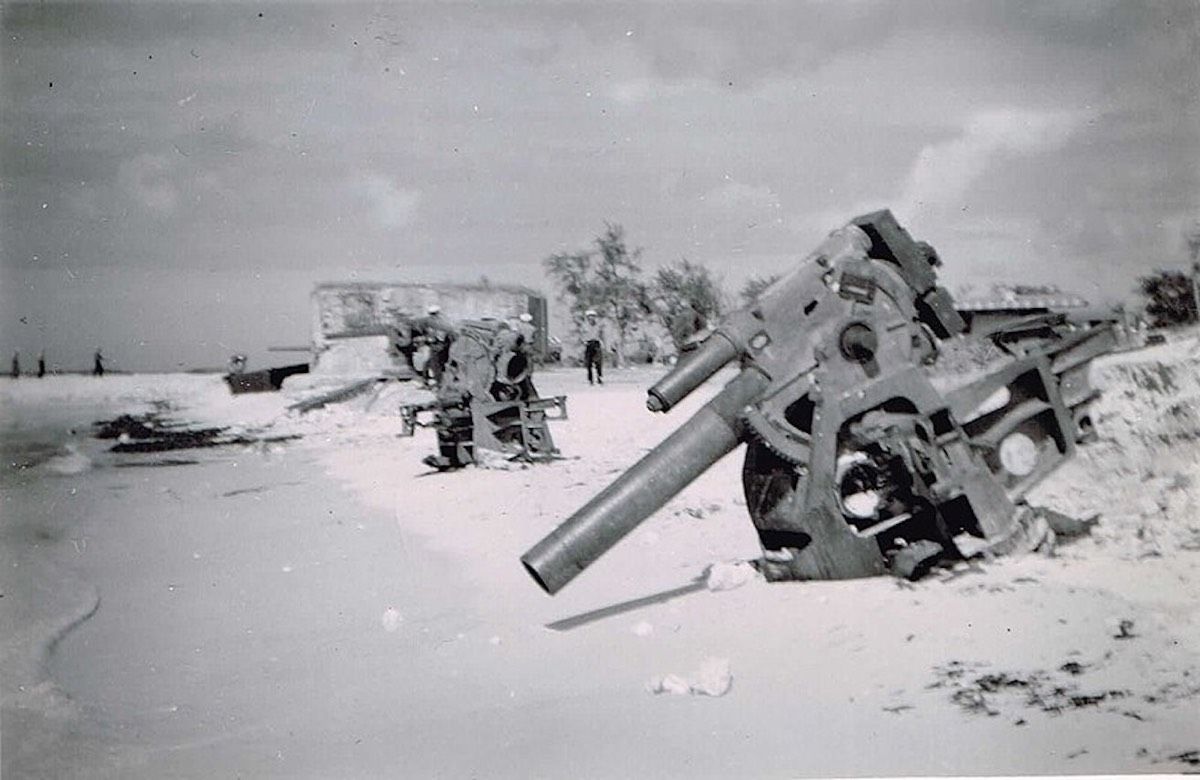
Mayhem spread through the beaches, mainly in the 2nd Marine Division area. A northern current caused the 6th and 8th Marine assault battalions to land five hundred yards too far north. This created a gap between the 2nd and 4th Marine Divisions. Colonel Hogaboom, operations officer of the Expeditionary Troops wrote: The opposition consisted primarily of artillery and mortar fire from weapons placed in well-deployed positions. Previously registered to cover the beach areas, and fire from small arms, automatic weapons, and anti-boat guns sited to cover the approaches for the nearest landing beaches.
The result was five of the 2nd Marine Division assault unit commanders wounded. Afetan Point, in the middle, was raked by deadly enfilade fire to the left and right. This allowed two battalions of the 23rd and 25th Marines to cross the gap. The original plan was for the assault troops to ride their LVTs to the first objective, the O-1 line. But the surge of enemy fire and natural obstacles prevented this.
A few units in the center of the 4th Division made it through, but fierce enemy resistance pinned them down on the left and right flanks. This prevented the two divisions from making direct contact.
In the 3rd Battalion, 24th Marine Regiment, a young lieutenant recalled his extraordinary experience on the beach when he came ashore: All around us was chaos and bitter combat. Marine and Jap bodies laid in mangled and grotesque positions. Blasted and burnt-out pillboxes. Burning wrecks of LVTs knocked out by high-velocity Jap fire. The acrid smell of high explosives. Shattered trees. And the churned-up sand littered with discarded equipment.
After his company moved inland a short distance, he experienced the terrifying pre-registered Japanese artillery fire: Wham! A shell landed right on top of us. I was too surprised to think, but instinctively, we all hit the deck and spread out. Then shells poured down on us: behind, ahead, on both sides, and right in our midst. They rocketed down like a freight train, thundering, and exploding into a deafening roar.
I realized the first shell bursts we heard were ranging shots. Now the Japs had zeroed in on us, and we were pinned down in a full-fledged barrage. Their fire hit us with pinpoint accuracy, and it wasnt hard to see why: Fifteen hundred feet above us were Jap observation posts honeycombing the crest of Mt. Tapotchau.
That night the lieutenant and his runner shared a foxhole and split watches. Death came close again: The hours of my watch passed slowly. I leaned over to shake my runner awake. Its time for your watch, I whispered. Watch out for that place over there, might be Japs in it. Stay awake. After that, I rolled over and was asleep in an instant.
As if it was right away, someone shook me and insisted I wake up. I jerked and bolted uprightyour reflexes act faster in combat, and you never entirely go to sleep. I glanced at my watch, and it was almost dawn. I turned to my runner, lying against me asleep. Lets go, I said. Pass the word to squad leaders to get set. But he didnt move. I shook him. Again, he didnt move. He was dead. With all the barbarity that war demands, I rolled him over, took his canteen, and poured the precious water into my own. Then I left him lying there. Dead.
The assault regiments took casualties from constant shelling zeroed in by spotters on high ground. Reinforcing and supply units piled up from the confusion on the landing beaches. Snipers lurked everywhere. The support waves experienced the same deadly enemy fire on their way to the beach. Many LVTs took direct hits, others were flipped over on their sides by waves or enemy firespilling equipment and personnel onto the reef. Casualties in both divisions mounted. Evacuating them to the ships was dangerous and difficult. The medical aid station set up ashore was also under enemy fire.
Marine artillery landed in the late afternoon on D-Day to support the infantry. They received deadly-accurate counter-battery fire from the Japanese. General Harry Schmidt, in command of the 4th Division, came ashore at 1930 and later wrote, The command post during that time did not function very well. It was the hottest spot I was in during the war.
Major James (Jim) Donovan, executive officer of the 1/6 Marines, survived a mortar bombardment with uncanny timing and precision: We entered a little village called Charan-Kanoa. We had stopped to get some water and were washing up and resting when mortar shells fell on us. We saw a tall smokestack hiding a Japanese forward observer. He was directing fire and looking right down on us. It didnt occur to anyone that someone could be up in that smokestack after all that naval gunfire and everything else fired into the area. But he was sure up there all right. He killed a lot of Marines from G Company that day.
He caught us without foxholes. We had a false sense of security. We thought we could relax. Wrong. We had to dig holes in a hurry. Its hard to dig a hole when youre lying on your stomach digging with your chin, knees, toes, and elbows. While its possible to dig a hole that way, we lost more Marines than we should have before someone located that Jap observer. I dont know how tall that smokestack was, but at least two or three stories high. From up there, he saw the entire picture, and he really gave it to us.
At night on D-Day, the Japanese continued to probe Marine positions. Fire from bypassed enemy soldiers and enemy attacks screened by a curtain of civilians. The 6th Marines dealt with the main counterattack on the far-left flank. Over two-thousand Japanese moved south from Garapan. And by 2200, they attacked. Led by tanks, they charged, but were met by a wall of fire from 37mm antitank guns, .30-caliber machine guns, and M-1 rifles. It was too much, and they pulled back.
Font size:
Interval:
Bookmark:
Similar books «Battle for Saipan: 1944 Pacific D-Day in the Mariana Islands»
Look at similar books to Battle for Saipan: 1944 Pacific D-Day in the Mariana Islands. We have selected literature similar in name and meaning in the hope of providing readers with more options to find new, interesting, not yet read works.
Discussion, reviews of the book Battle for Saipan: 1944 Pacific D-Day in the Mariana Islands and just readers' own opinions. Leave your comments, write what you think about the work, its meaning or the main characters. Specify what exactly you liked and what you didn't like, and why you think so.

